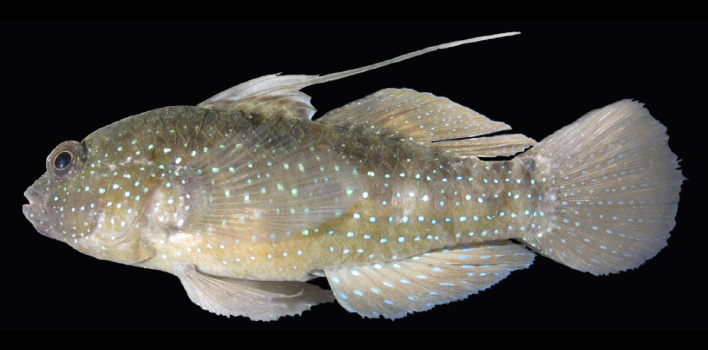Scientists Want To Use The Moon As A Cryogenic Backup To Life On Earth
Throughout the history of Earth, different species have faced the possibility, and some the reality, of extinction. Now, as climate change continues to present new challenges to life on Earth, some scientists argue that even under the most optimistic models of global climate change, a large proportion of Earth’s biota will go extinct. It is here where a group of scientists from the Smithsonian Institute and other organizations propose a solution for protecting Earth’s biodiversity for many generations to come by sending biological material to the moon.
“Initially, a lunar biorepository would target the most at-risk species on Earth today, but our ultimate goal would be to cryopreserve most species on Earth,” remarked Mary Hagedorn, a research cryobiologist at NZCBI and lead author of the paper. “We hope that by sharing our vision, our group can find additional partners to expand the conversation, discuss threats and opportunities and conduct the necessary research and testing to make this biorepository a reality.”

In fact, the proposal by the scientists for the moon vault took inspiration from the Svalbard Global Seed Vault. However, unlike seeds, animal cells require much lower storage temperatures for perseveration (-196 degrees Celsius). It would require a supply of liquid nitrogen, electricity, and human staff to store animal cells on Earth, making the costs astronomical. So, placing the vault on the much colder surface of the moon would negate much of those additional costs.
The scientists understand that if the idea becomes a reality; it is not fail proof. “We aren’t saying what if the Earth fails—if the Earth is biologically destroyed this biorepository won’t matter,” Hagedorn explained. “This is meant to help offset natural disasters and, potentially, to augment space travel. Life is precious and, as far as we know, rare in the universe. This biorepository provides another, parallel approach to conserving Earth’s precious biodiversity.”
Anyone who would like to learn more about safeguarding Earth’s biodiversity can read the study in full via the Oxford Academic website.

